Reading Time: 2 minutes Compared to last week, western Canadian feeder cattle markets traded $3-$5 lower on average with some auctions down $5 to as much as $8. Alberta packers were buying fed cattle on a dressed basis at $258 delivered, down $15 from the April highs. Feeding margins have slid into negative territory quite rapidly and could be […] Read more
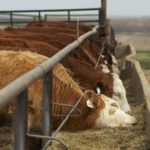
Klassen: Feeder market continues to soften
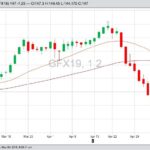
Klassen: Feeder cattle rally loses steam
Reading Time: 2 minutes Compared to last week, western Canadian yearlings traded $2-$5 lower while calves were solidly $3 to as much as $8 lower. There’s a limit how far the cash trade can divorce from the futures market. November feeder cattle futures have dropped $12 from contract highs and there is no sign that this slide is over; […] Read more
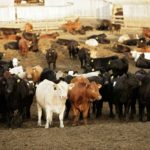
Klassen: Cash feeder market shrugs off lower futures
Reading Time: 2 minutes This past week, Alberta packers were buying fed cattle in the range of $270-$274 on a dressed basis, up $2-$4 from seven days earlier. Strength in the fed cattle market spilt over into the feeder complex as feeding margins moved into positive territory for the first time this year. Compared to last week, western Canadian […] Read more

Klassen: Feeder market remains volatile
Reading Time: 2 minutes Compared to last week, western Canadian feeder cattle markets traded $3-$5 on either side of unchanged. Many auction barns were closed last week and the ones holding sales had smaller numbers. Quality packages of yearlings were on the higher end of the range while smaller groups of fleshier replacements were discounted. Alberta feedlots were focusing […] Read more

Klassen: Alberta demand drives feeder market higher
Reading Time: 2 minutes Compared to last week, western Canadian yearling prices were $2-$4 higher while calves were relatively unchanged. Stronger fed cattle prices in the deferred positions along with lower new-crop barley values resulted in a firmer tone. We’re in the last half of April and quality cattle will be hard to come by in 30 days; this […] Read more
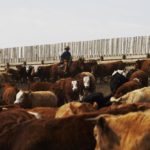
Klassen: Feeder market incorporates risk premium
Reading Time: 2 minutes Fed and feeder cattle markets have incorporated a risk premium due to the uncertainty in beef production. Adverse weather has plagued much of the U.S. Midwest over the past couple of months and the six- to 10-day forecast calls for above-normal precipitation. Compared to last week, western Canadian yearling markets traded $2-$3 higher on average […] Read more
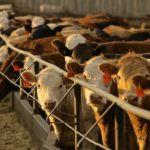
Klassen: Feeder market balancing many variables
Reading Time: 2 minutes Compared to last week, western Canadian yearling markets traded steady to $3 higher while calves were $4 lower to $5 higher depending on the region. Weakness in the live and feeder cattle futures contributed to the variable price structure; however, Alberta packers were buying fed cattle in the range of $268-$270 on a dressed basis, […] Read more
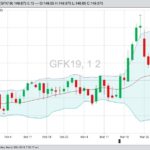
Klassen: Feeder market incorporates risk premium following U.S. floods
Reading Time: 2 minutes Compared to the previous week, western Canadian feeder cattle sold steady to $4 higher the week ending March 23. Favourable spring weather enhanced demand for yearlings from major finishing operations; Lethbridge-area markets were notably $3-$5 higher as feedlots focused on local cattle. While feeding margins remain in negative territory, strength in the deferred live cattle […] Read more
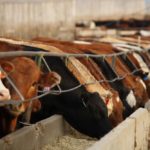
Klassen: Feeder market continues consolidation pattern
Reading Time: 2 minutes Compared to last week, western Canadian feeder cattle markets traded $3-$5 on either side of unchanged. The market was quite variable across the Prairies. Demand from south of the border evaporated due to adverse weather while southern Alberta experienced favourable spring conditions. Alberta packers were buying fed cattle at $260 on a dressed basis, up […] Read more
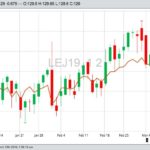
Klassen: Feeder market holds value
Reading Time: 2 minutes Western Canadian feeder cattle prices were relatively unchanged compared to seven days earlier. Buying interest for yearlings was somewhat stronger while calves in the eastern Prairie regions were softer. Moderate temperatures are in the seven-day forecast for most of Western Canada, so the risk discount due to adverse weather has evaporated. Barley jumped an additional […] Read more


